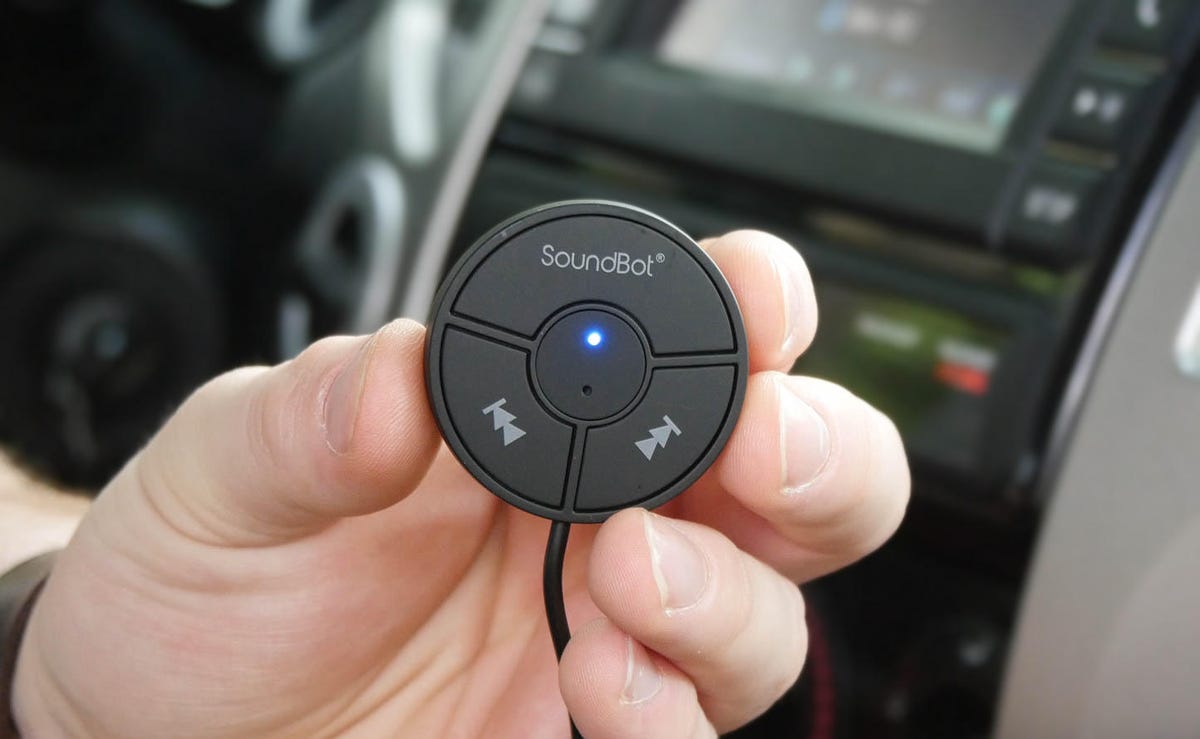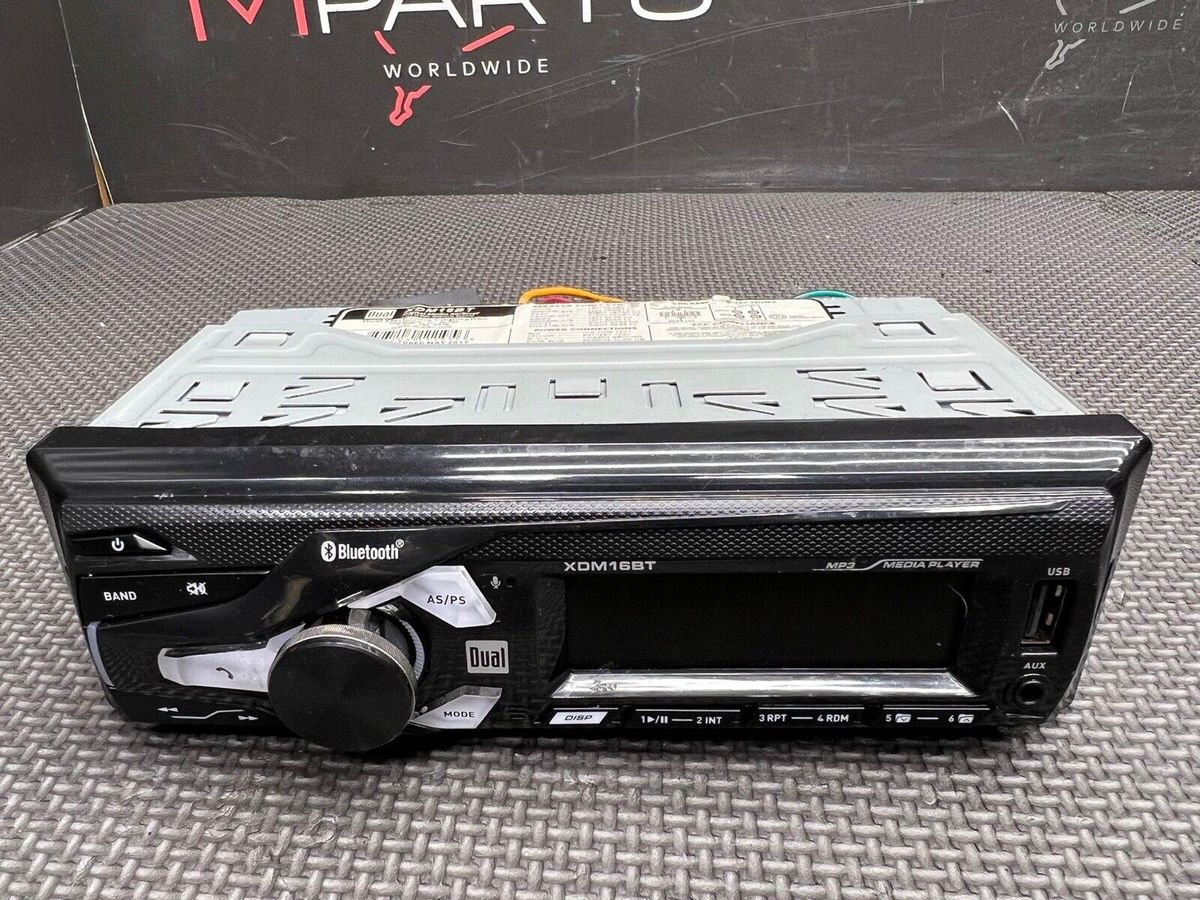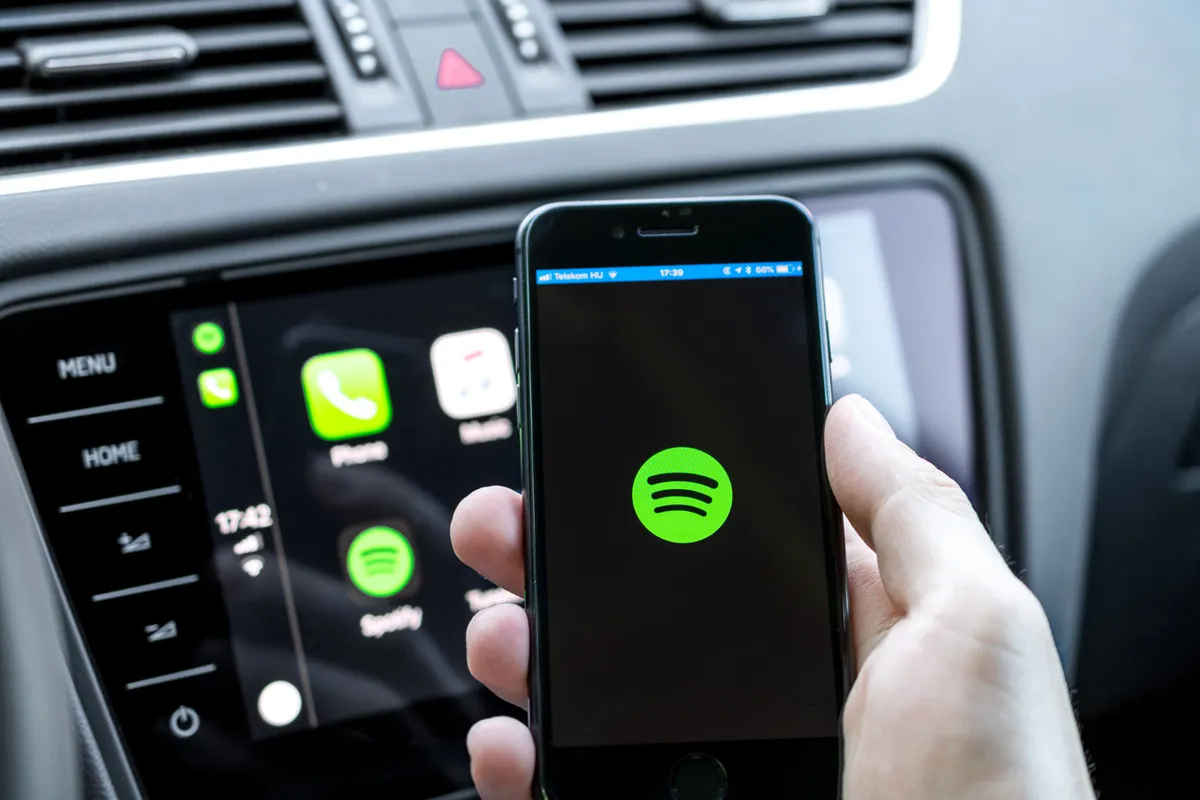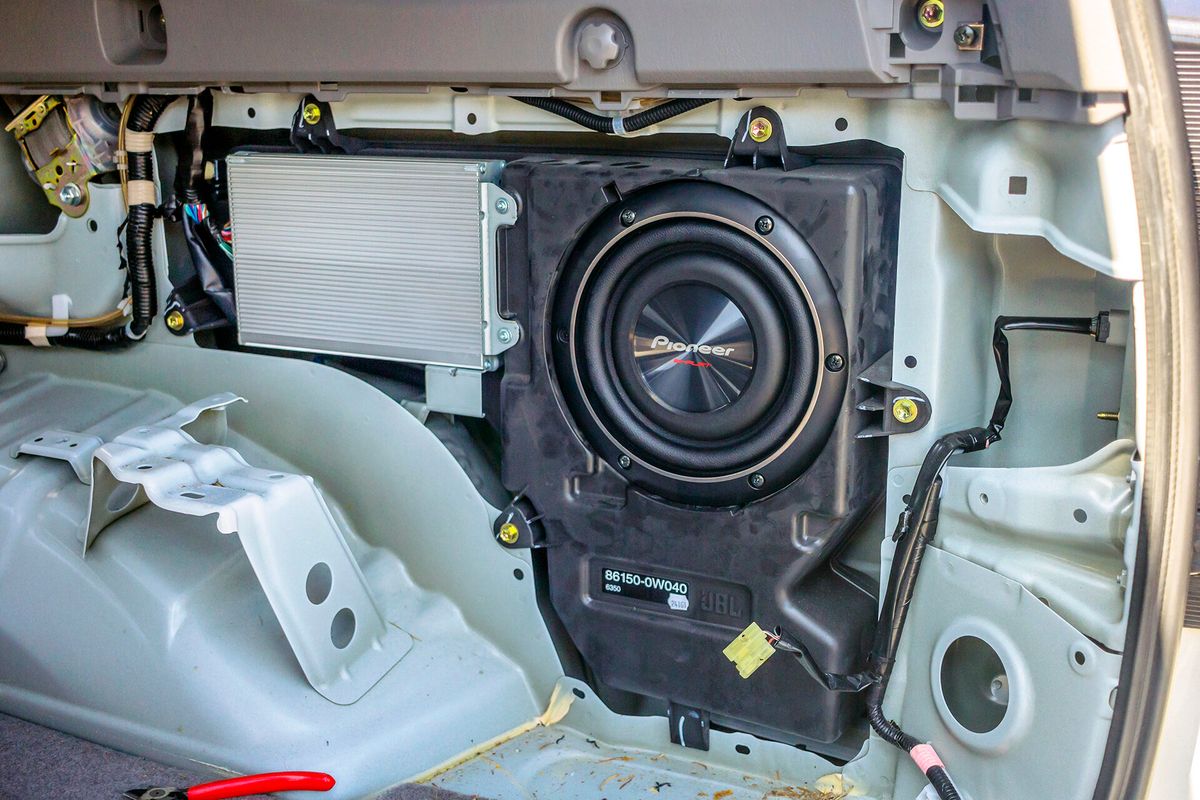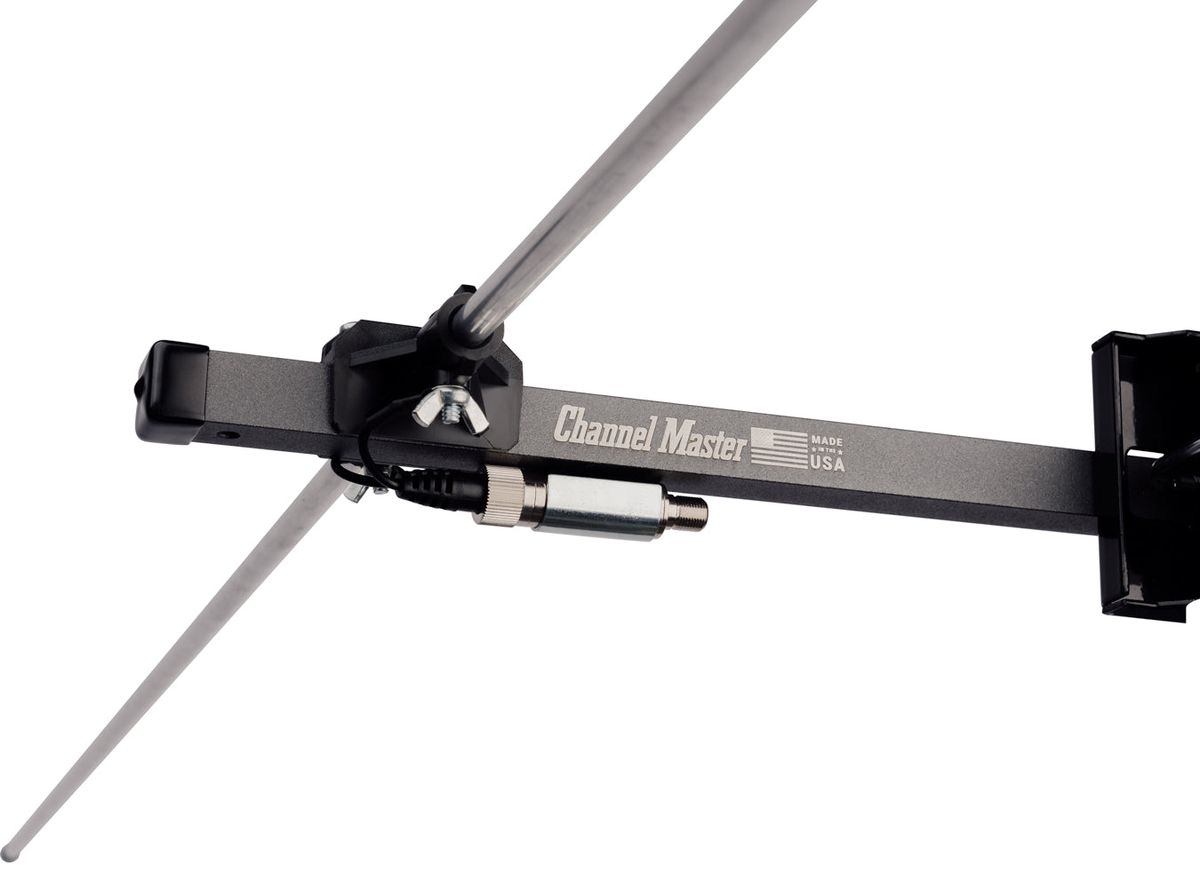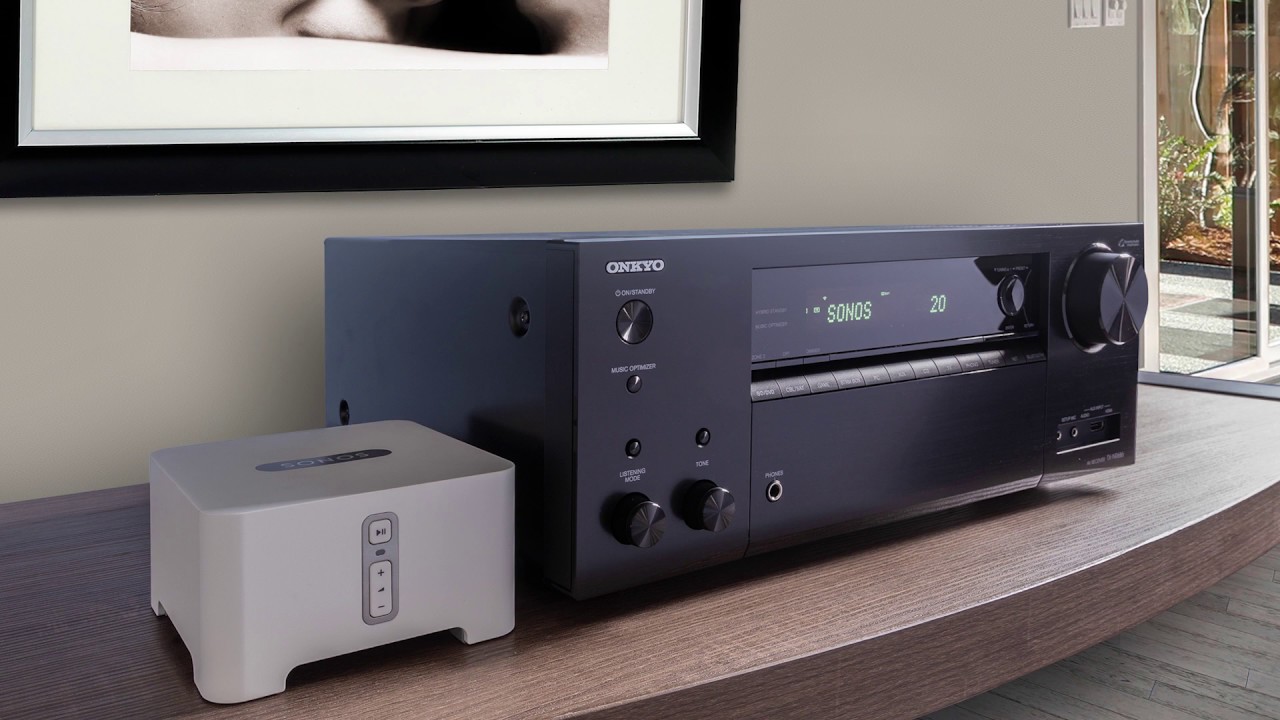Home>Production & Technology>Stereo>How To Add Bluetooth To Stereo Receiver
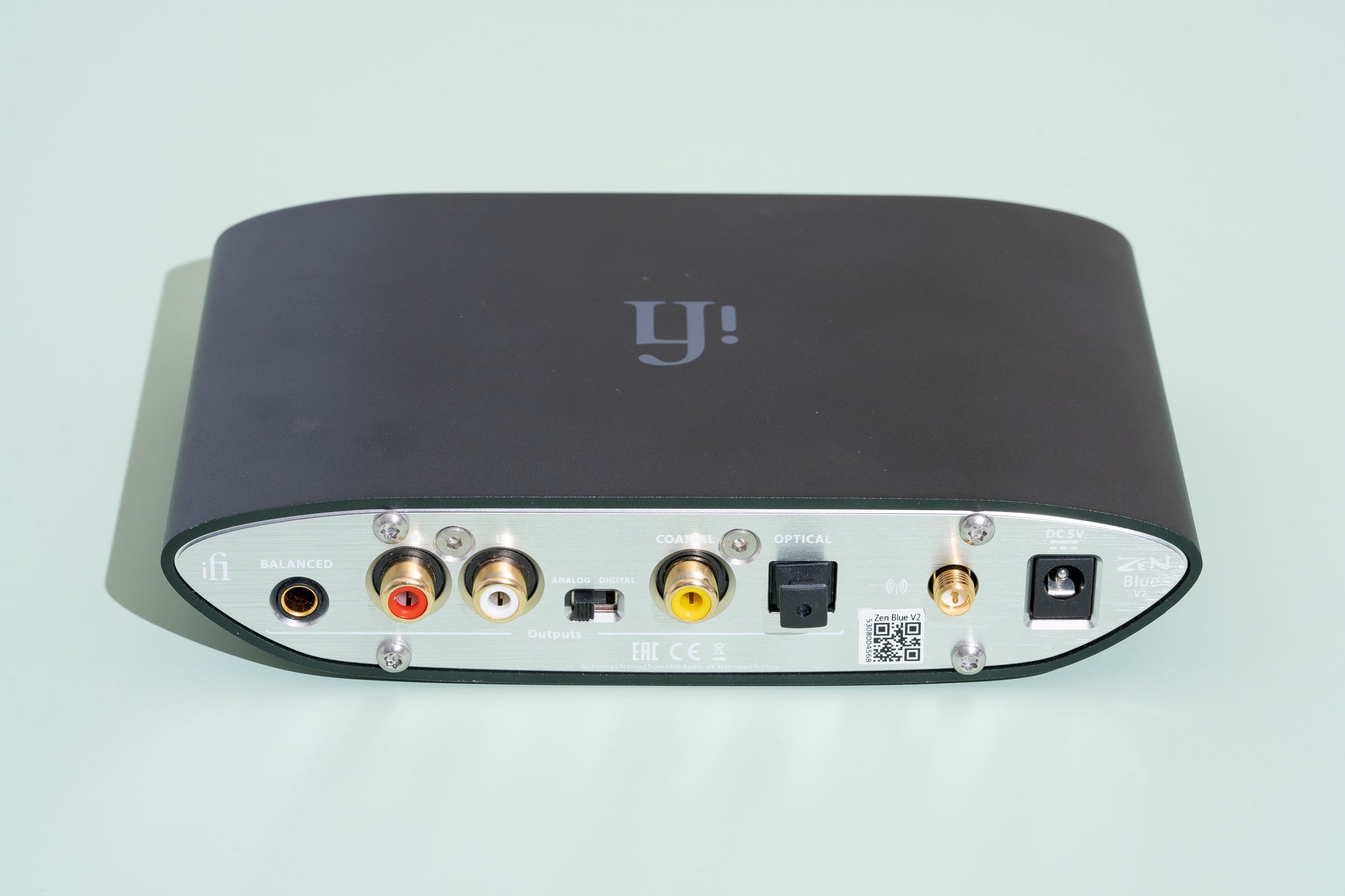

Stereo
How To Add Bluetooth To Stereo Receiver
Modified: January 22, 2024
Learn how to add Bluetooth functionality to your stereo receiver with our step-by-step guide. Upgrade your audio experience and enjoy wireless connectivity with ease.
(Many of the links in this article redirect to a specific reviewed product. Your purchase of these products through affiliate links helps to generate commission for AudioLover.com, at no extra cost. Learn more)
Table of Contents
Introduction
In today’s modern world, music streaming has become the norm. With the convenience of smartphones and tablets, we can easily access our favorite songs and playlists. However, many of us still have cherished stereo receivers that lack the Bluetooth connectivity we desire. The good news is that you don’t have to upgrade your entire audio system to enjoy wireless audio streaming. By adding a Bluetooth receiver to your stereo receiver, you can effortlessly connect your devices and enjoy high-quality music without the hassle of tangled wires.
Adding Bluetooth to your stereo receiver opens up a world of possibilities. You can wirelessly stream music from your smartphone, tablet, or computer directly to your stereo system. Whether you’re hosting a party and want to play DJ, or you simply want to relax and listen to your favorite tracks, Bluetooth integration provides a seamless experience.
In this article, we will guide you through the process of adding Bluetooth to your stereo receiver. We will cover everything from checking compatibility to connecting the devices, ensuring that you can enjoy wireless audio streaming in no time.
Step 1: Check Your Stereo Receiver Compatibility
Before diving into the world of Bluetooth connectivity, it is essential to ensure that your stereo receiver is compatible with Bluetooth technology. While most modern receiver models come equipped with Bluetooth capabilities, older models may require a little more investigation.
Start by checking the user manual or the manufacturer’s website of your stereo receiver. Look for any mentions of Bluetooth connectivity or wireless capabilities. If your receiver does not have built-in Bluetooth, don’t worry. There is still a way to add this functionality with an external Bluetooth receiver, which we will cover in the next steps.
If you can’t find any information about Bluetooth compatibility, another option is to look for auxiliary input ports or RCA jacks on your stereo receiver. These are commonly used for connecting external devices, and they can serve as the connection point for the Bluetooth receiver.
Additionally, some stereo receivers may have USB ports or even Wi-Fi capabilities, which can also be used to connect Bluetooth receivers. It’s always a good idea to explore all available connection options on your stereo receiver to determine the most suitable method for adding Bluetooth compatibility.
Once you have verified the compatibility of your stereo receiver, you are ready to move on to the next step: purchasing a Bluetooth receiver.
Step 2: Purchase a Bluetooth Receiver
Now that you have confirmed the compatibility of your stereo receiver, it’s time to find the perfect Bluetooth receiver to add wireless connectivity to your audio system. Bluetooth receivers come in a variety of shapes, sizes, and features, so it’s important to consider your specific needs before making a purchase.
When choosing a Bluetooth receiver, there are a few key factors to keep in mind. First, consider the range of the receiver. This refers to the distance over which the Bluetooth signal can be transmitted. If you have a large room or want to stream music from another room, look for a receiver with a longer range.
Next, consider the audio quality of the Bluetooth receiver. Look for receivers that support high-quality audio codecs such as aptX or AAC, as they provide better sound reproduction compared to standard Bluetooth audio codecs.
Additionally, check for compatibility with your devices. Ensure that the Bluetooth receiver is compatible with the operating systems of your smartphones, tablets, or computers. This will ensure a seamless connection and smooth streaming experience.
Keep in mind that some Bluetooth receivers may include additional features such as built-in DACs (digital-to-analog converters) or multiple connectivity options. These can be beneficial if you want to enhance the sound quality or connect multiple devices simultaneously.
Once you have identified your requirements, explore online retailers or local audio stores to find a Bluetooth receiver that meets your needs. Read reviews and compare prices to make an informed decision. Don’t forget to check warranty information and customer support options in case you encounter any issues with your Bluetooth receiver.
With your Bluetooth receiver in hand, you’re ready for the next step: connecting it to your stereo receiver.
Step 3: Connect the Bluetooth Receiver to the Stereo Receiver
Now that you have your Bluetooth receiver, it’s time to connect it to your stereo receiver. The specific steps may vary depending on the models and types of receivers involved, but the general process remains similar. Here’s a step-by-step guide to help you through the process:
- Power off both receivers: Before making any connections, ensure that both your stereo receiver and Bluetooth receiver are turned off. This precaution is important to prevent any damage to the devices or audio system.
- Identify the connection ports: Locate the audio output ports on your Bluetooth receiver and the input ports on your stereo receiver. Common options include RCA ports, 3.5mm headphone jack, or optical ports. Refer to the user manuals of both devices if you are unsure about the specific port names and locations.
- Choose the appropriate cable: Depending on the connection ports available, select the appropriate cable for connecting the two receivers. For example, if both devices have RCA ports, you will need an RCA cable. If your stereo receiver has a 3.5mm input, you can use a 3.5mm to RCA cable. Similarly, optical cables are used for optical ports.
- Connect the cable: Insert one end of the chosen cable into the audio output port of the Bluetooth receiver and the other end into the corresponding input port on your stereo receiver. Make sure the connections are secure and properly inserted.
- Power on the receivers: Once the cable connections are made, power on both the Bluetooth receiver and the stereo receiver.
- Set the input source: On your stereo receiver, use the input selector or source button to choose the input that corresponds to the connected Bluetooth receiver. This will vary depending on your specific receiver model.
- Pair the devices: Refer to the user manual of your Bluetooth receiver to enter the pairing mode. This usually involves pressing a specific button or combination of buttons to enable the pairing process. Once the receiver is in pairing mode, follow the instructions on your smartphone, tablet, or computer to connect and pair with the Bluetooth receiver.
- Confirm the connection: Once paired, you should see a confirmation on both the Bluetooth receiver and your device indicating a successful connection. Some Bluetooth receivers have LED lights that indicate the connection status.
Congratulations! You have successfully connected your Bluetooth receiver to your stereo receiver. Now it’s time to move on to the next step: pairing the Bluetooth receiver with your devices.
Step 4: Pair the Bluetooth Receiver with Your Devices
With your Bluetooth receiver connected to your stereo receiver, it’s time to pair it with your devices. This step allows you to establish a wireless connection between your smartphone, tablet, or computer and the Bluetooth receiver. Here’s a step-by-step guide to help you pair your devices:
- Enable Bluetooth on your device: Open the settings menu on your smartphone, tablet, or computer and navigate to the Bluetooth settings. Ensure that Bluetooth is turned on.
- Put your Bluetooth receiver in pairing mode: Refer to the user manual of your Bluetooth receiver to activate the pairing mode. This may involve pressing a specific button or combination of buttons. The receiver is usually ready to pair when the LED lights start flashing or displaying a specific color.
- Search for devices: On your device, click on the option to search for Bluetooth devices in the Bluetooth settings menu. Your device will scan for available devices.
- Select the Bluetooth receiver: From the list of available devices, choose the name or model number of your Bluetooth receiver. It may be listed as a generic name or the manufacturer’s name followed by the model number.
- Initiate pairing: Once you select the Bluetooth receiver, your device will initiate the pairing process. It may take a few seconds for the devices to establish a connection.
- Confirm pairing: Once the pairing is successful, you will receive a confirmation message on your device. The LED lights on the Bluetooth receiver may also indicate a successful pairing.
- Test the connection: To ensure that the pairing is successful, play some music or audio on your device. The sound should now be transmitted wirelessly to your stereo receiver via the Bluetooth connection.
Congratulations! You have successfully paired your devices with the Bluetooth receiver. Now you can enjoy wireless audio streaming and control your music from the comfort of your device.
Keep in mind that most Bluetooth receivers can remember multiple paired devices. This means you can easily switch between devices and share the connection with friends and family without the need to repeat the pairing process.
It’s time for the final step: sit back, relax, and enjoy the freedom of wireless audio streaming with your newly Bluetooth-enabled stereo receiver.
Step 5: Enjoy Wireless Audio Streaming
Now that you have successfully added Bluetooth to your stereo receiver and paired it with your devices, it’s time to sit back, relax, and enjoy the benefits of wireless audio streaming. Here are a few tips to enhance your experience:
- Explore your music library: Take advantage of the wireless connection to access your entire music library stored on your devices. Play your favorite songs, albums, or playlists with just a few taps or clicks.
- Control your music remotely: With the Bluetooth connection, you can control playback and volume directly from your device. Whether you’re lounging on the couch or hosting a gathering, you don’t have to be physically near the stereo receiver to adjust the settings.
- Discover new music streaming services: Explore the vast array of music streaming services available on your devices. From popular platforms like Spotify and Apple Music to lesser-known independent artists, the possibilities are endless. Create personalized playlists or listen to curated radio stations to expand your musical horizons.
- Expanding your audio system: If you’re impressed with the convenience and sound quality of the Bluetooth-enabled stereo receiver, consider expanding your audio system. You can add Bluetooth speakers or wireless multi-room audio systems to enjoy synchronized music playback in multiple rooms.
- Optimize sound quality: Experiment with the audio settings on your stereo receiver and device to fine-tune the sound quality. Adjust the EQ settings, explore sound enhancement features, or consider investing in high-quality speakers to enhance your audio experience.
- Share the wireless experience: Invite friends and family to connect their devices to the Bluetooth receiver, allowing them to share their favorite music with everyone. It’s a great way to create an enjoyable and interactive atmosphere during gatherings or parties.
With wireless audio streaming capabilities, you can seamlessly integrate your music into your daily life. From entertaining guests to unwinding after a long day, the convenience and simplicity of Bluetooth connectivity elevates your stereo receiver to a whole new level.
Remember to keep your devices charged and within range of the Bluetooth receiver to ensure uninterrupted wireless streaming. Additionally, stay updated with firmware updates or driver software for both the Bluetooth receiver and your devices to benefit from performance enhancements and additional features.
With these steps completed, you can now fully enjoy the wireless audio streaming capabilities of your stereo receiver. Embrace the freedom of wireless music and immerse yourself in the world of Bluetooth-enabled audio bliss.
Conclusion
Adding Bluetooth connectivity to your stereo receiver is a game-changer when it comes to enjoying wireless audio streaming. With just a few simple steps, you can upgrade your existing audio system and unlock a world of convenience and flexibility. No longer bound by cables, you can effortlessly stream your favorite music from your devices and control playback from anywhere in the room.
In this article, we guided you through the process of adding Bluetooth to your stereo receiver. We started by checking the compatibility of your receiver, ensuring that it has the necessary ports or capabilities to integrate Bluetooth. If not, we explored external Bluetooth receivers as a viable option.
Next, we discussed the factors to consider when purchasing a Bluetooth receiver, such as range, audio quality, and compatibility with your devices. Armed with the right Bluetooth receiver, you then learned how to connect it to your stereo receiver using the appropriate cables and input ports.
We then moved on to the crucial step of pairing the Bluetooth receiver with your devices, enabling seamless wireless audio streaming. By following a few simple steps, you were able to establish a stable connection and enjoy music from your smartphone, tablet, or computer directly through your stereo receiver.
Finally, we emphasized the joy of wireless audio streaming and provided some tips to enhance your experience. From exploring your music library to controlling playback remotely, the possibilities are endless. We encouraged you to consider expanding your audio system and to optimize sound quality to truly elevate your audio experience.
By adding Bluetooth to your stereo receiver, you have embraced technology that allows you to ditch the wires and enjoy the freedom of wireless audio streaming. So, go ahead, sit back, relax, and let the music flow wirelessly through your newly upgraded stereo receiver.

